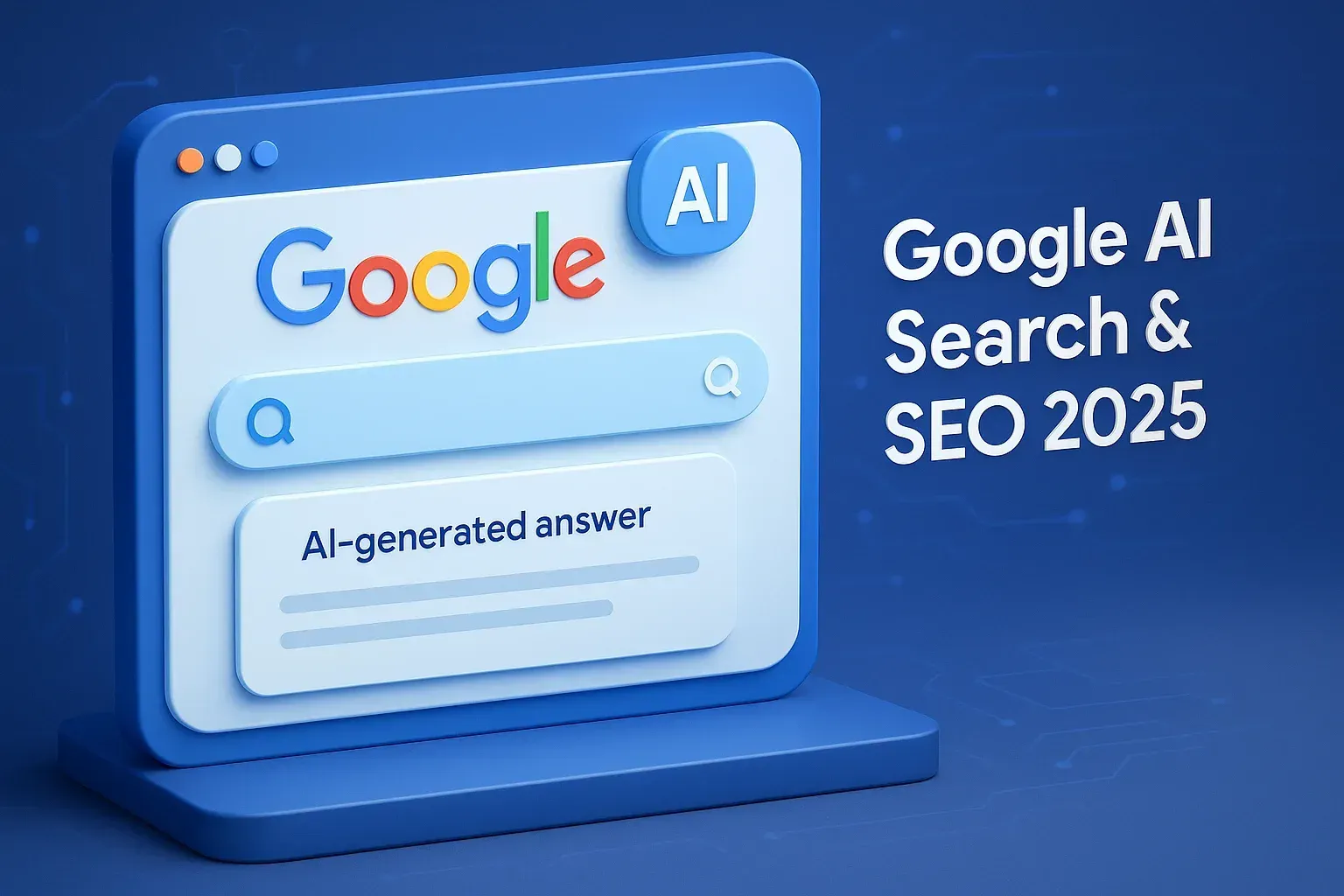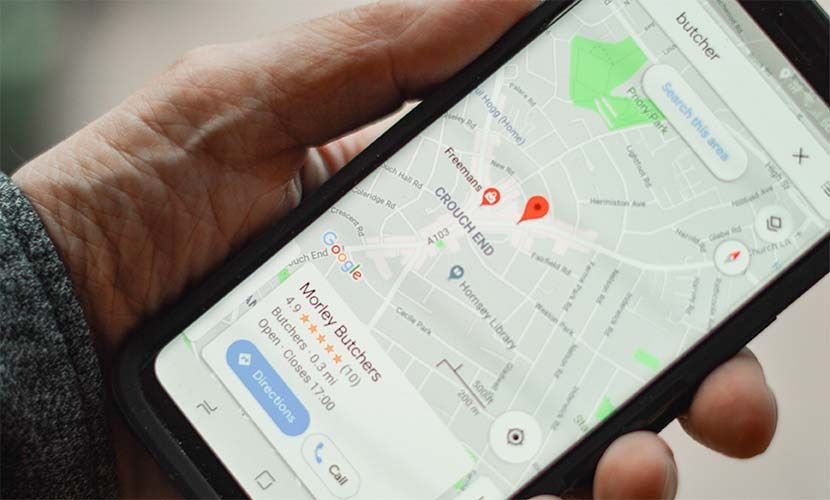Generative Engine Optimization (GEO): The Future of SEO in the AI Era
With the rise of AI-powered search engines like Google’s SGE (Search Generative Experience), traditional SEO strategies are evolving. Generative Engine Optimization (GEO) is the new frontier, optimizing content not just for rankings, but for AI-generated responses.
In this guide, we’ll break down:
✅ What GEO is and why it matters
✅ How AI search engines like Google SGE work
✅ Key GEO strategies to future-proof your SEO
✅ Common GEO mistakes to avoid
What Is Generative Engine Optimization (GEO)?
GEO is the practice of optimizing content to appear in AI-generated search results (like Google’s SGE or Bing’s AI answers). Unlike traditional SEO, which focuses on ranking in the "10 blue links," GEO ensures your content is selected as a source for AI-generated summaries.
Why Does GEO Matter?
- AI Overviews are taking over – Google now displays AI-generated answers at the top of search results.
- Fewer clicks to websites – If your content isn’t cited in AI responses, you lose traffic.
- The future of search – As AI improves, GEO will become as critical as SEO.
How AI Search Engines Work (And How to Optimize for Them)
Google’s Search Generative Experience (SGE) and other AI search tools pull information from trusted sources to generate direct answers. To rank here:
1. Optimize for "Answer-Friendly" Content
- Structure content in clear, concise snippets (AI prefers short, factual answers).
- Use FAQ schema markup to help AI identify key questions.
- Include data, stats, and expert quotes (AI favors authoritative sources).
2. Target Long-Tail, Conversational Queries
People ask AI questions differently than they type into Google. Optimize for:
❌ Old SEO: "best running shoes"
✅ GEO: "What are the best running shoes for flat feet?"

3. Build E-E-A-T (Experience, Expertise, Authority, Trustworthiness)
Google’s AI prioritizes content from credible sources. Strengthen your:
- Author bios (show credentials)
- Backlinks from .edu/.gov sites
- User engagement signals (time on page, low bounce rate)
4. Leverage Multimedia (Images, Videos, Charts)
AI-generated answers often pull from visual content. Add:
- Infographics (AI cites them for data-heavy topics)
- Embedded videos (YouTube clips appear in SGE)
- Structured data (help AI understand your content)
Common GEO Mistakes to Avoid
🚫 Keyword stuffing – AI penalizes unnatural content.
🚫 Ignoring featured snippets – If you’re not in snippets, you won’t be in AI answers.
🚫 Weak sourcing – AI prefers citations from authoritative sites.
🚫 Slow-loading pages – AI favors fast, mobile-friendly sites.
Q: Is GEO replacing traditional SEO?
A: No, but it’s becoming equally important. SEO still matters for rankings, but GEO ensures visibility in AI-generated responses.
Q: How do I know if my content appears in AI answers?
A: Use Google’s SGE Preview Tool (if available) or manually check AI-generated results for citations.
Q: Does backlinking still matter for GEO?
A: Yes! AI trusts sites with strong backlink profiles from authoritative sources.
Q: Should I create content just for AI?
A: No—optimize for both humans and AI. Write naturally, but structure data clearly for AI parsing.
Final Thoughts: GEO Is the Next SEO
As AI reshapes search, businesses must adapt. By optimizing for Generative Engine Optimization (GEO), you ensure visibility in both traditional rankings and AI-generated answers.
Need help future-proofing your SEO? Book a strategy call with our team










